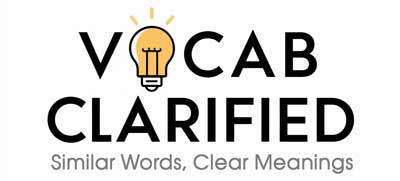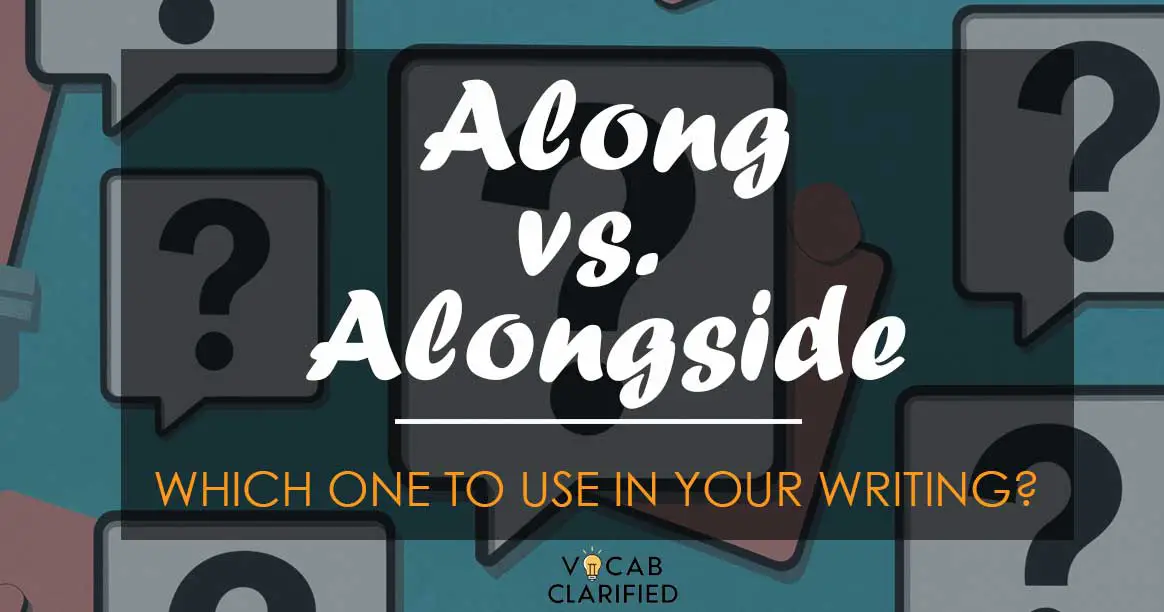Picture this: You’re writing a descriptive passage and want to express that two people walked together next to a river. Should you say they walked “along the river” or “alongside the river”?
Both terms seem interchangeable, but they carry subtle differences in meaning and usage. Understanding these nuances can elevate your writing and ensure clarity.
Let’s explore when to use “along” and when “alongside” fits better in d ifferent contexts.
Understanding “Along” And “Alongside”
Along: Definition and Usage
“Along” is primarily used to indicate movement in a line parallel to something or to describe the direction or path taken.
It means “in a line with the length of” or “during the course of.” For example:
- The hikers walked along the trail.
- The parade moved along the street.
In these examples, “along” suggests following a path or direction over some distance.
Alongside: Definition and Usage
“Alongside,” on the other hand, is typically used to describe something that is next to or side by side with something else.
It implies proximity without necessarily following a path. For example:
- The boat was docked alongside the pier.
- She worked alongside her mentor on the project.
Here, “alongside” emphasizes the position of being adjacent or next to something, rather than movement or direction.
Side-by-Side Comparison
| Aspect | Along | Alongside |
| Definition | In a line with or following the length of something | Next to or side by side with something |
| Common Usage | “We walked along the beach.” | “The cat sat alongside the dog.” |
| Key Differences | Indicates movement or direction | Indicates proximity or adjacency |
When deciding between “along” and “alongside,” consider the context. If you’re describing movement along a path or direction, “along” is your best choice.
However, if you want to express that something is positioned next to or beside something else, “alongside” is more appropriate.
Everyday Usage Examples
Here are some examples to show how “along” and “alongside” are used in everyday language:
- Along: The jogger ran along the riverbank, enjoying the scenic view.
- Alongside: The new recruit worked alongside the experienced team members.
- Along: The caravan traveled along the winding road through the mountains.
- Alongside: The hospital was built alongside the existing medical center.
- Along: She placed candles along the windowsill to create a warm ambiance.
- Alongside: The soldiers marched alongside their comrades during the ceremony.
Conclusion
Both “along” and “alongside” are valuable terms in English, each serving distinct purposes. Use “along” when describing movement or direction in a straight line, and “alongside” when you need to convey proximity or side-by-side positioning.
Mastering these subtle differences will help you communicate more precisely and effectively in your writing.

